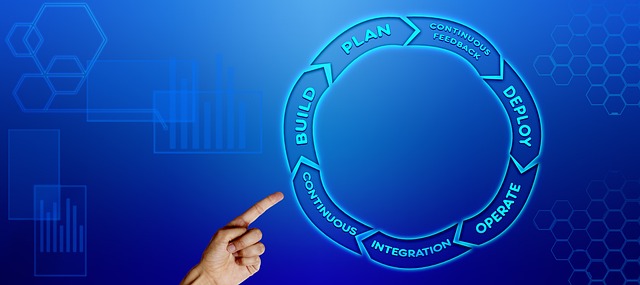The landscape of game distribution has transformed dramatically over the past decade, allowing developers to choose from a plethora of options to reach their target audience effectively. With the rise of digital platforms, independent developers now have the opportunity to get their games in front of millions without the constraints often associated with traditional distribution models. This democratization of access is particularly evident in the vibrant world of eSports, where the competition is not just in gaming skills but in strategic game distribution as well.
As a developer venturing into the eSports arena, understanding the nuances of game distribution is essential. Gone are the days when publishers solely dictated how and when games reached players. Today’s developers can harness various platforms like Steam, Epic Games Store, and even mobile app stores to launch their titles directly to gamers. These platforms provide not just a means to distribute games but also invaluable tools to engage the audience, such as community forums, beta testing phases, and user-generated content.
Moreover, eSports is not just about creating a game; it’s about creating a community around it. Successful games in the eSports sphere often feature robust multiplayer capabilities, spectator modes, and regular updates to keep the audience engaged. By utilizing social media and streaming platforms such as Twitch and YouTube, developers can create a buzz around their games, attract potential players, and foster a dedicated community. Game distribution now extends beyond simply selling a product; it involves cultivating a vibrant ecosystem where players feel involved and invested.
The integration of microtransactions, loot boxes, and season passes has also evolved how developers distribute and monetize their games. While some argue these methods may detract from the gaming experience, for many eSports developers, they present an opportunity to maintain engagement and revenue streams post-launch. However, this gambit requires a delicate balance to ensure that monetization doesn’t alienate the player base. Clear communication and transparency are crucial—players must feel they are getting value for their investment without disrupting the gameplay experience.
Furthermore, the importance of analytics cannot be overstated. Understanding player behavior through data helps developers make informed decisions about game updates and promotional strategies. By leveraging tools that track player engagement and satisfaction, developers can better tailor their distribution approach, ensuring that their audience feels acknowledged and valued. This data-driven mindset is essential for thriving in the fast-paced eSports sector, where trends can shift rapidly.
Finally, collaborating with influencers and professional gamers can significantly amplify a game’s reach during its distribution phase. By leveraging the followings of popular streamers or eSports organizations, developers can place their titles into the hands of those who can showcase their games to a broader audience. This method not only stimulates interest but also reinforces the game’s credibility within the competitive gaming community.
In wrapping up this overview, it’s clear that the evolution of game distribution in the realm of eSports presents an exciting yet complex challenge for developers. The key is to embrace innovative distribution methods while actively engaging with the gaming community. Through strategic planning, transparent monetization, and leveraging analytics, developers can position themselves to succeed in a sector bursting with potential. The path may be intricate, but as the world of gaming continues to expand, so do the opportunities for those who are willing to adapt and evolve.




